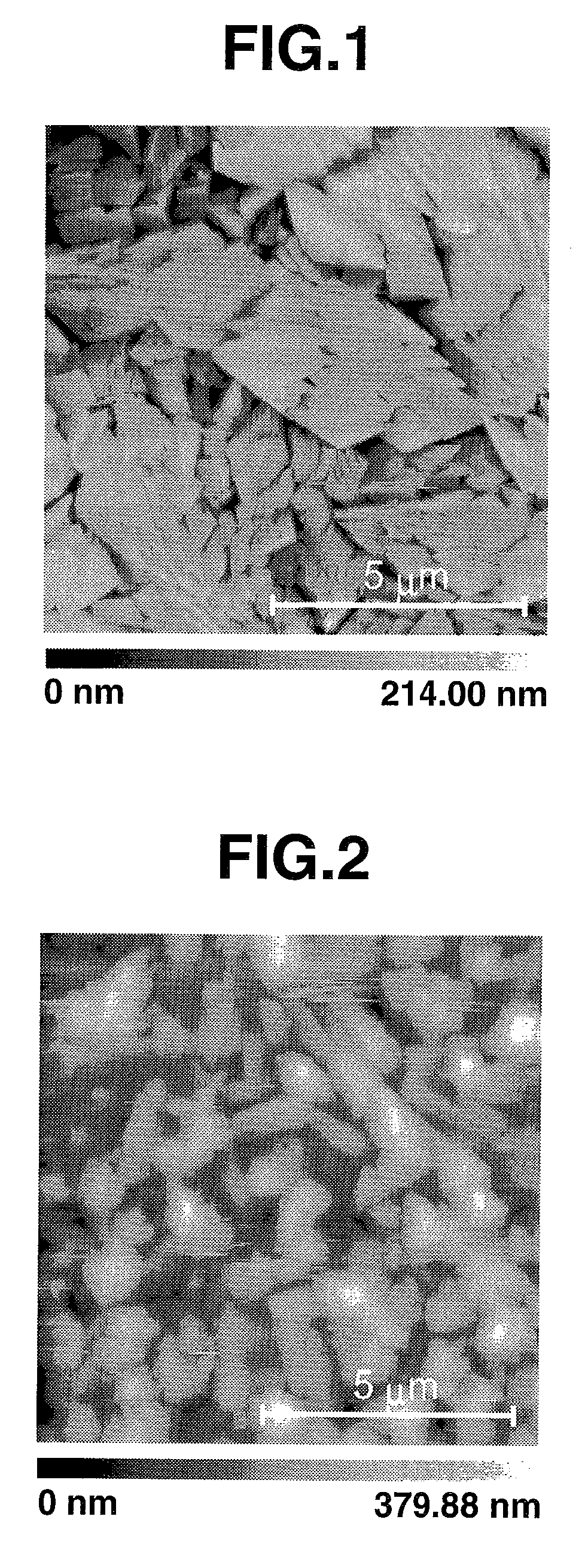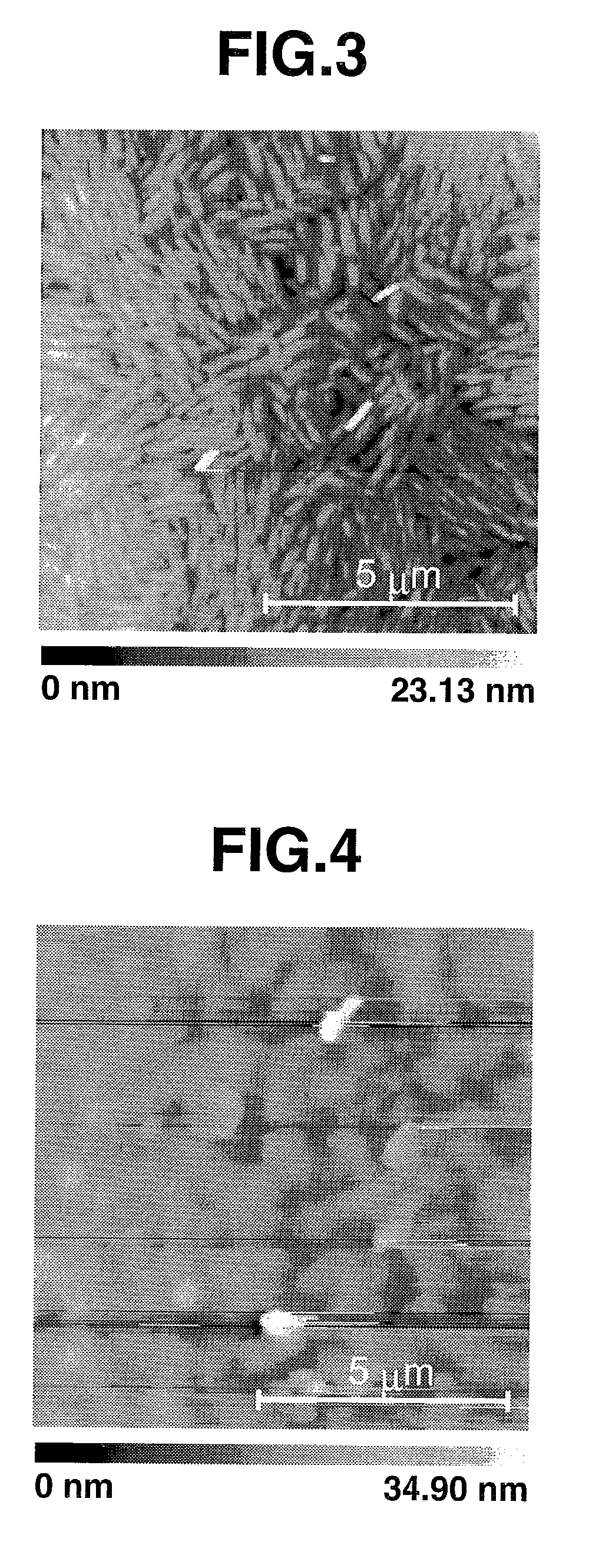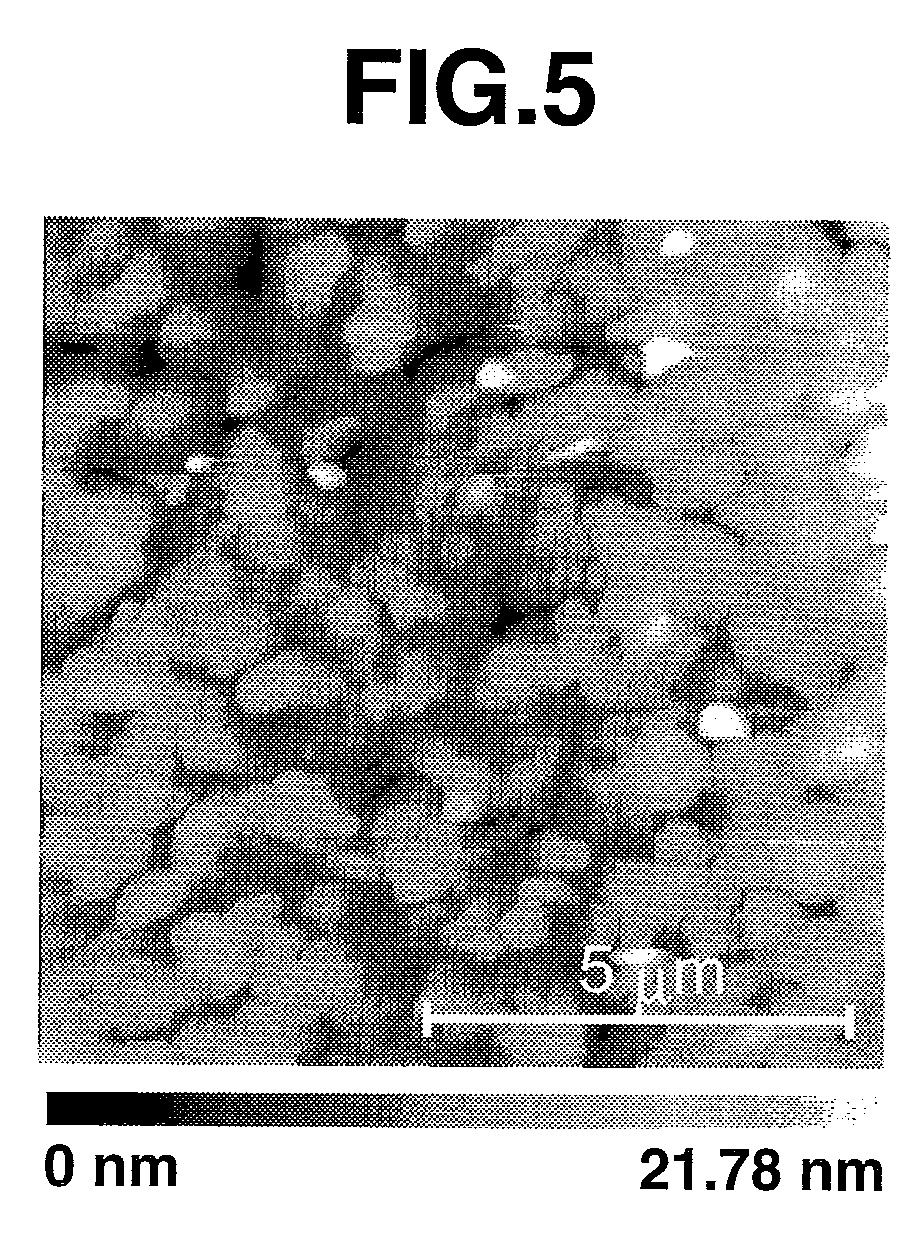Tetrathiafulvalene derivatives and organic thin-film transistor
a technology of organic thin-film transistors and tetrathiafulvalene, which is applied in the field of organic semiconductors and organic thin-film transistors, can solve the problems of high production cost, high production cost, and inability to apply plastic substrates, and achieve the effect of improving film quality and high mobility
- Summary
- Abstract
- Description
- Claims
- Application Information
AI Technical Summary
Benefits of technology
Problems solved by technology
Method used
Image
Examples
example 1
Synthesis of β-MeHMTTF (2)
[0066]
[0067]In 10 mL of diethyl ether were dissolved 5.0 g or 51 mmol of 3-methylcyclopentanone (2a), 9.3 g or 52 mmol of N-bromosuccinimide (NBS), and 0.39 g or 5.0 mmol of ammonium acetate, followed by stirring for five hours. The resulting light yellowish solution was filtered off, and the filtrate was given diethyl ether and water. After separation into two layers, the diethyl ether layer was freed of diethyl ether by using an evaporator. Thus there was obtained a yellowish oily compound (2b).
[0068]MS (EI): m / z 176 (M+).
[0069]The compound (2b) was dissolved in 40 mL of acetone and the resulting solution was added little by little to 8.7 g or 50 mmol of potassium isopropylxanthate, followed by stirring for an hour. The resulting yellowish brown suspension was filtered off, and the filtrate was freed of acetone by using an evaporator. Thus there was obtained a yellowish brown oily compound (2c).
[0070]MS (EI): m / z 232 (M+).
[0071]The compound (2c) was slowl...
example 2
Synthesis of β-tBuHMTTF (3)
[0080]
[0081]To 29.9 g or 148 mmol of compound (3a) was added 0.45 g or 4 mmol of sodium carbonate, followed by stirring at 300° C. for two hours. The desired product, which resulted from the reaction, and water were recovered by distillation, and water was discarded. Thus there was obtained 19.3 g or 138 mmol of compound (3b). Yield=93%.
[0082]MS (EI): m / z 140 (M+).
[0083]In 30 mL of diethyl ether were dissolved 4.6 g or 33 mmol of compound (3b), 6.2 g or 35 mmol of NBS, and 0.25 g or 3.3 mmol of ammonium acetate, followed by stirring for three hours. The resulting colorless solution was filtered off, and the filtrate was given water. After separation into two layers, the diethyl ether layer was freed of diethyl ether by using an evaporator. Thus there was obtained 4.6 g or 21 mmol of yellowish oily compound (3c). Yield=65%.
[0084]MS (EI): m / z 218 (M+).
[0085]In 40 mL of acetone was dissolved 4.6 g or 21 mmol of compound (3c). To the resulting solution was add...
example 3
Synthesis of β-nPeHMTTF (4)
[0095]
[0096]To 40 mL of 70% nitric acid (heated at 110° C.) were added under nitrogen 0.12 g or 1.0 mmol of ammonium vanadate and 0.17 g or 1.0 mmol of 1-hydroxy-4-n-pentylcyclohexane (4a). After stirring for a while, the solution was transferred to an oil bath at 60° C., and 10.1 g or 59 mmol of 1-hydroxy-4-n-pentylcyclohexane (4a) was further added, followed by stirring for an hour. The reaction product was diluted with water, and the desired product was extracted with diethyl ether. The extract was freed of diethyl ether by using an evaporator. Thus there was obtained 12.1 g or 56.0 mmol of white solid compound (4b). Yield=93%.
[0097]To 12.1 g or 56.0 mmol of compound (4b) was added 0.21 g or 2 mmol of sodium carbonate, followed by stirring at 300° C. for two hours. The desired product and water were recovered by distillation and the distillate was freed of water. Thus there was obtained 5.9 g or 38 mmol of compound (4c). Yield=68%.
[0098]MS (EI): m / z 154...
PUM
| Property | Measurement | Unit |
|---|---|---|
| thickness | aaaaa | aaaaa |
| thickness | aaaaa | aaaaa |
| roughness | aaaaa | aaaaa |
Abstract
Description
Claims
Application Information
 Login to View More
Login to View More - R&D
- Intellectual Property
- Life Sciences
- Materials
- Tech Scout
- Unparalleled Data Quality
- Higher Quality Content
- 60% Fewer Hallucinations
Browse by: Latest US Patents, China's latest patents, Technical Efficacy Thesaurus, Application Domain, Technology Topic, Popular Technical Reports.
© 2025 PatSnap. All rights reserved.Legal|Privacy policy|Modern Slavery Act Transparency Statement|Sitemap|About US| Contact US: help@patsnap.com



